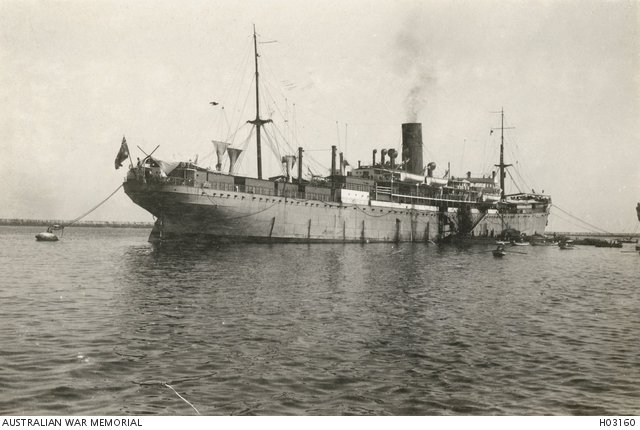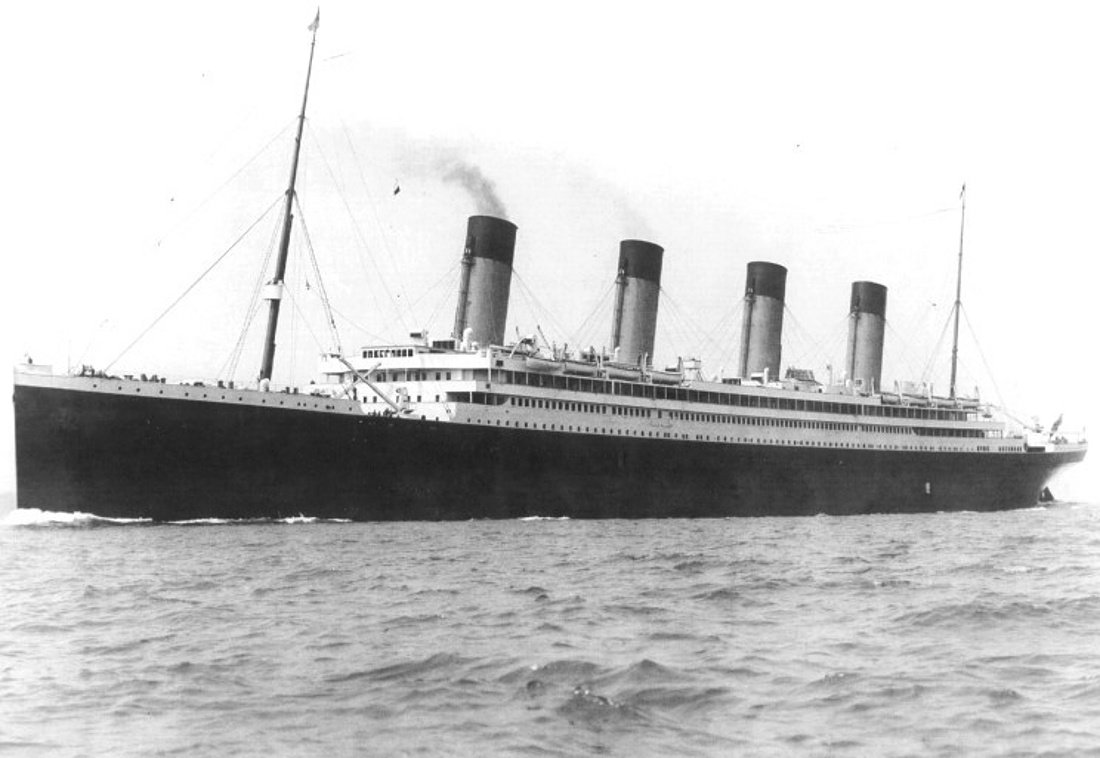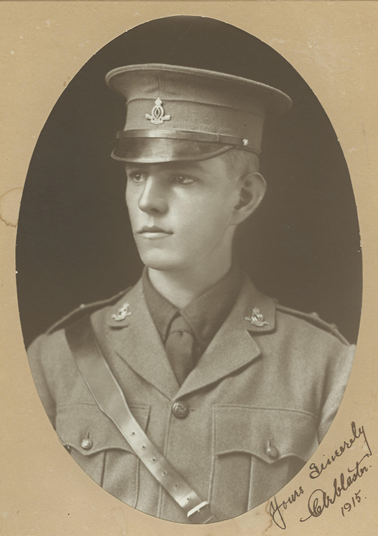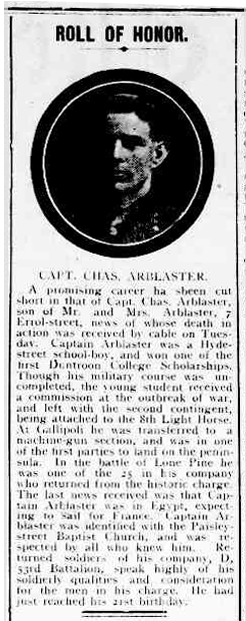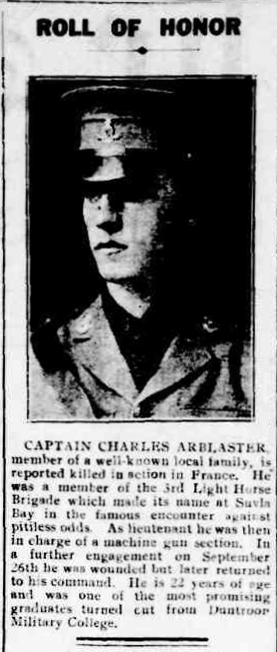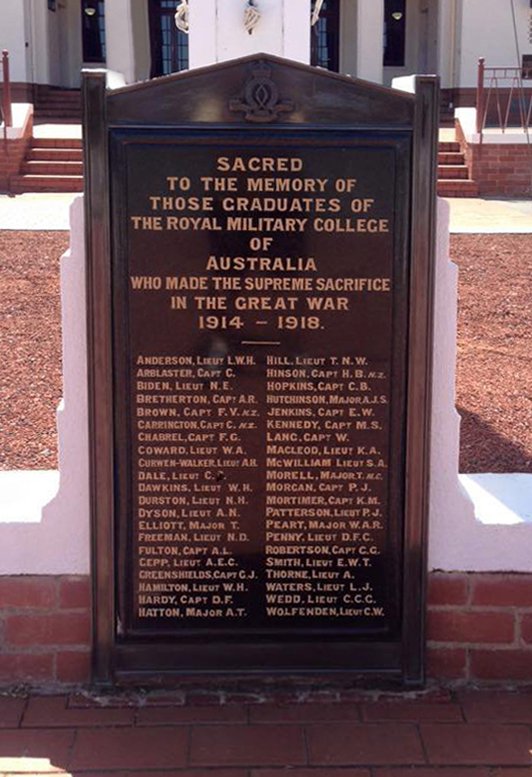Charles ARBLASTER
Eyes unknown, Hair unknown, Complexion unknown
Charles’ Early Life
With thanks to Pauline Ellis, Jeff Thorne and Liz Rushen for sharing the story of their great-uncle Charles Arblaster and their many treasured family photos and mementos.
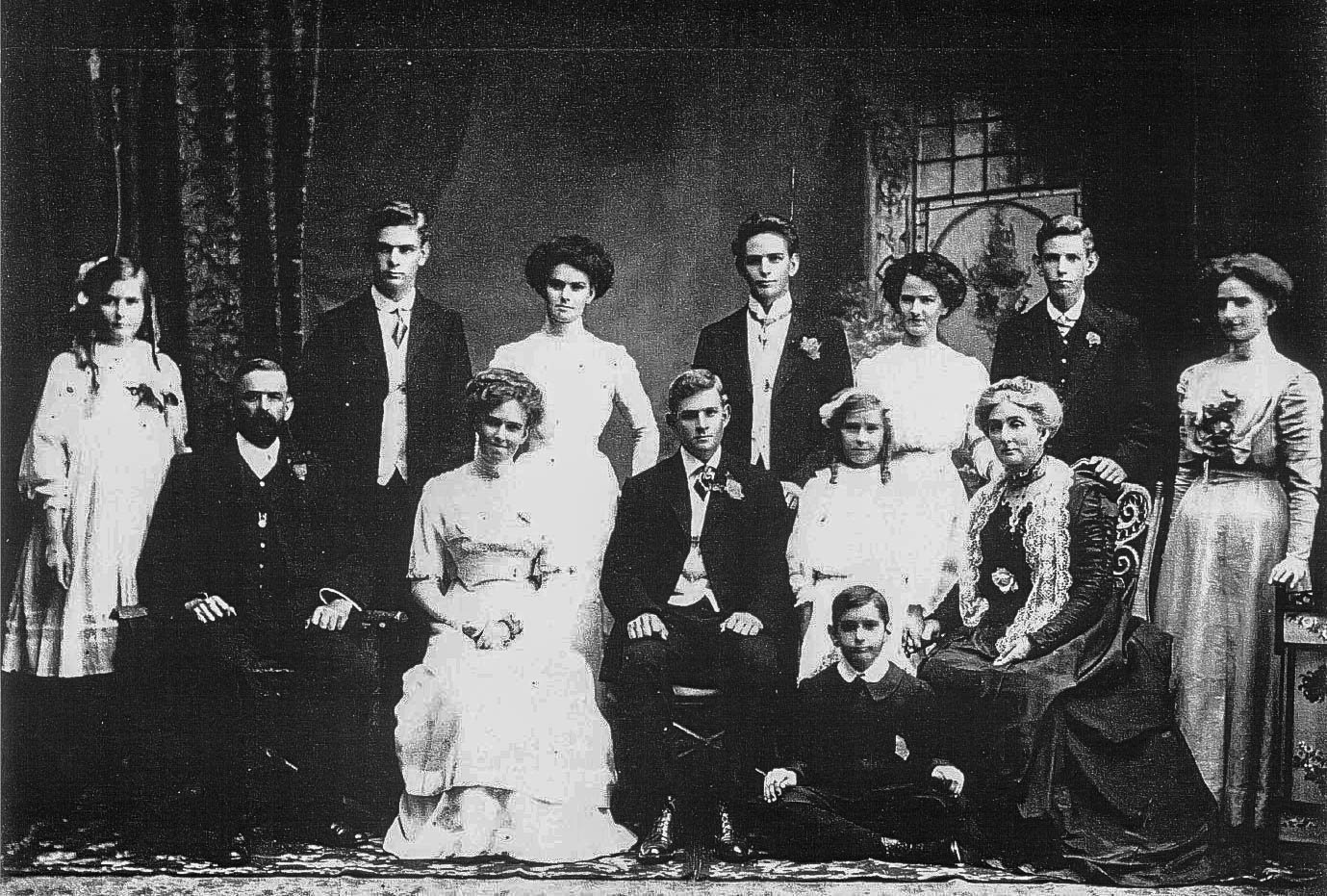
Sitting (L to R): Charles Alexander Arblaster, Janette, Alexander, Olive, Elizabeth (snr). At Front: David.
Born 21 February 1895 at Pennyroyal in country Victoria, Charles was the fourth youngest of the thirteen children of Charles Alexander & Elizabeth Arblaster (nee Loveluck). Two siblings died at a young age.
His father, Charles (1860-1924), was a railway employee who worked initially in regional Victoria before transferring to Footscray in Melbourne’s western suburbs. The family spent about twelve years in Kurting, north-west of Bendigo with Charles employed by the railways and Elizabeth (1866-1933) in charge of the railway station and post office.
Charles’ early education began at Kurting and Inglewood State Schools and then at Hyde Street State School in Footscray (1907 – 1908). He won a scholarship from Hyde St to attend Melbourne High School (1909 – 1911) and a later scholarship to attend Royal Military College at Duntroon.
Duntroon
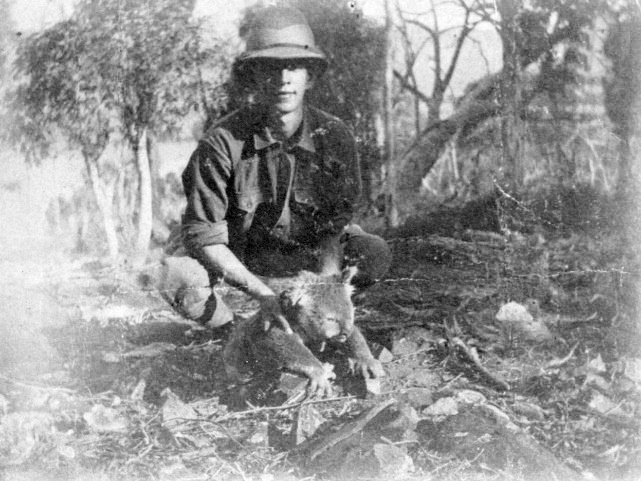
Charles was one of the young graduates of the second intake at the Royal Military College, Duntroon. He joined the college in March 1912 and was allocated CSC number 64.
According to an article in The Duntroon Society Newsletter (April 2017), Charles:
“excelled at Physical Training and showed particular interest in the French and German which he and all his classmates studied. His clean (no charges) conduct record at the RMC may have been the basis of the Director of Military Art’s summation that Arblaster was “colourless”. The Director of Drill was a little more generous in his assessment: “Industrious, neat, quick worker, rather unsympathetic and has not much influence; good ability”. Charles graduated 16th in his class.”
Given his later performance under the stress of battle these assessments by his instructors seem to fall very short in truly measuring his capabilities.
Charles was appointed Lieutenant on 2 October 1914 and his class was graduated specially for active service on 2 November. He enlisted in the AIF the following day.
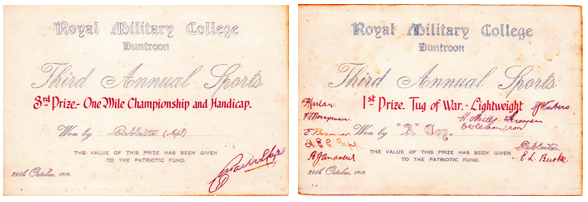
Light Horse Brigade – Egypt
Charles enlisted on 3 November 1914 at Broadmeadows and was posted as Lieutenant to the 8th Light Horse Regiment, part of the 3rd Light Horse Brigade. Initially he was placed in charge of a troop but he was almost immediately transferred to the command of the regiment’s machine gun section.
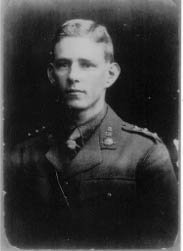
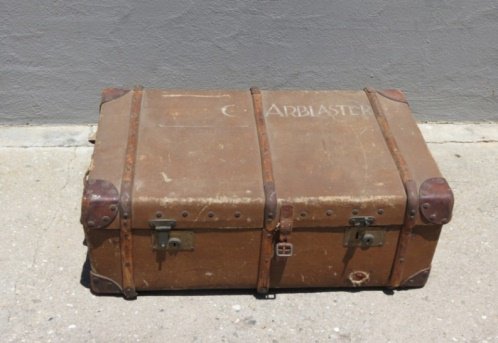
Charles kept a diary from 1913 to 1915. Unfortunately, at this time, the 1914 segment is missing. The 1913 diary was transcribed and typed by David Blum, Charles’ great-nephew (2017), while the 1915 diary was transcribed and typed by Lt Col Douglas Hunter (Retired) of the Victorian Mounted Rifles Museum (1997). The museum is in possession of Charles’ trunk, an item used by Charles throughout his war service and returned to his family after his death.
After training, the regiment embarked from Melbourne on the HMAT A16 Star of Victoria on 25 February 1915 for the war zone. Charles commenced his 1915 diary on that day and his first entry reads:
“Up fairly early. Prepared to receive horses – laid down mats etc. Horses came on at about 8. Embarkation finished at about 11. Letters from Ruth, Mary [two of his sisters] and at last moment – one from Nina. Lost & found keys. Left at about 1 o’clock. Was below getting money at time. People not allowed on Pier at all. Paid men and collected the £9. Anchored in bay for an hour or so. Were steaming ahead when Runic called us up & asked us to wait. Best anchor till morning.
Nice to see horses on board again. Like old friends. Pennington showed Dale & myself the wireless & took us through refrigerator & engine room. Simply splendid. To bed a little after 11. Wrote letters to Mother & Nina before I went to bed.”
After visiting Colombo on 18 March, the Star of Victoria anchored at Aden for a day on 28 March and arrived at Suez, Egypt on Good Friday (2 April 1915). Charles recorded:
“Came to anchor at Suez at about 4pm. Heard news that we were to disembark & go by rail to Cairo. News verified by CO later on. Heard that Aust force had gone to Dardanelles. Men were got into uniform & their kit bags got up ready for disembarking. I got my boxes ready also. … Two men of war in harbour and a number of other vessels.”
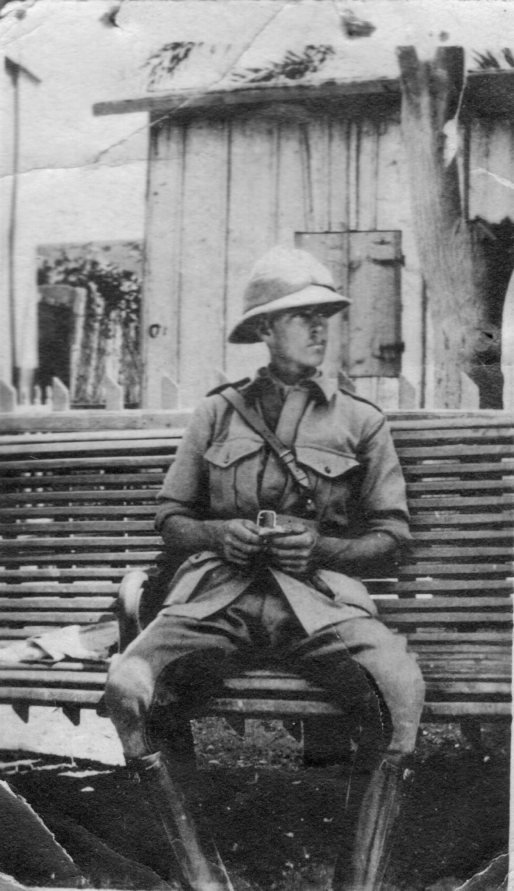
Light Horse Brigade – Gallipoli
The 8th Light Horse trained in Egypt for some weeks then sailed for Gallipoli landing at Anzac Cove on 16 May 1915. Arblaster’s diary describes their arrival:
“16th Sunday. Woke up at about 5.30 & heard firing going on. Waited about for a bit & then got orders to disembark. Got ready & disembarked at about 5pm. … Came ashore by lighter. Marched up to our dugout. Artillery & rifle fire kept up the whole time. We must have plenty of ammunition. Bang! Bang! going on all the time.
17th. Firing went on during all the night & was quite heavy at times. Gun were at it pretty early and battleships had a bit of a go also assisted by a big sausage balloon….”
The regiment was part the second wave of soldiers to fight at Gallipoli and fought with the regiment at Walker’s Ridge in June & July. Charles spent several days in hospital in July suffering influenza.

Charles’ section supported the charge at the Nek on 7 August 1915 and his diary describes some of their terrible losses:
“Woke up in am about 4am tremendous heavy firing opened up on Nek & from Pope’s. We got ready to go, but could see no sign of advance anywhere & just got to work on Abdul near Pope’s. Latter was a terribly poor affair. Losses there were few but on the neck Machine guns spelt the story. Line after line mown down. Could not advance. Must a pitiable thing pm 194. Very few ofrs came back. Andy hit badly in head he pegged out later. Crawford & Robinson hit. McLaurin broken up. Deeble, myself Higgins the only 3 ofrs fit for duty. Gave a bit of a hand to get regt settled down. Watched attack on 971 in pm. Was told I would be A/Adj to regt & left MG in evening. Went into bivouac on terraces pm CO & Charlie Dale still out there too. I hope they may come back tonight.”
Charles then acted as Adjutant until 7 September when he was appointed Acting Captain and placed in overall command of the Brigade machine guns at Table Top, immediately below Chanuk Bair. It was here that he received a bullet wound to the left foot on 26 September 1915 and was evacuated to Malta on the Gloucester Castle. The Turkish Mauser bullet extracted from his foot is now held in the Australian War Memorial, https://www.awm.gov.au/collection/C115544
Whilst undergoing treatment in Malta, Charles read the Merchant of Venice, started The Tempest, and thought the History of Malta was ‘not a well written book at all & I pity the kids that have to learn it’. He was later evacuated to England for further treatment at the 3rd London General Hospital at Wandsworth as his foot was proving difficult to heal.
It was not until December that Charles Arblaster was discharged from hospital for a short period of convalescent leave. By the time of his return to duty, troops had been evacuated from Gallipoli so Charles embarked for Egypt in February 1916 on board HMT Olympic where he was the physical training instructor. En route, a German submarine fired a torpedo at the ship, but fortunately it missed. He completed the journey on the SS Ivernia.
Charles briefly re-joined his regiment but his temporary promotion to captain on Gallipoli had been cancelled when he was wounded. He was unable to get this posting back in the 8th Light Horse regiment and felt very poorly treated.
53rd Battalion – Egypt and France
Charles was transferred to the newly formed 53rd Battalion and in March 1916 he was promoted to captain and was commander of D Company. The battalion moved to France for service on the Western front, sailing on HMT Royal George arriving there 27 June 1916.
Charles’ diary describes how they were sent to the front line on 10 July and spent the time reconnoitering, inspecting the ‘very simple breastwork trenches’ ‘from which we are to charge’ and looking ‘at our prospective position’ while shells lobbed nearby. The last entry in Charles Arblaster’s diary is on Sunday 16 July 1916:
“Sunday our usual day for shirts finds us about to move once again. Woke at about 0700 & had breakfast in Madame’s house (billet at Estaires). Buzzed about looking for things & after orders but none available. Letter to Mother. Down to Bn orderly room at 0845 & got our preliminary orders to shift. Had tea & passed on orders & got ready.”
53rd Battalion – Fromelles, France
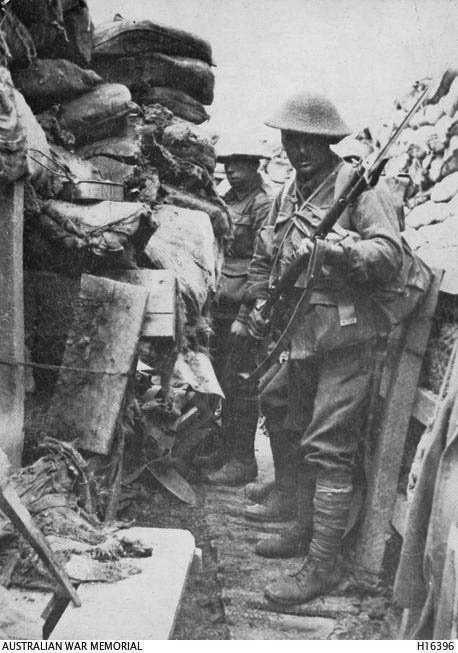
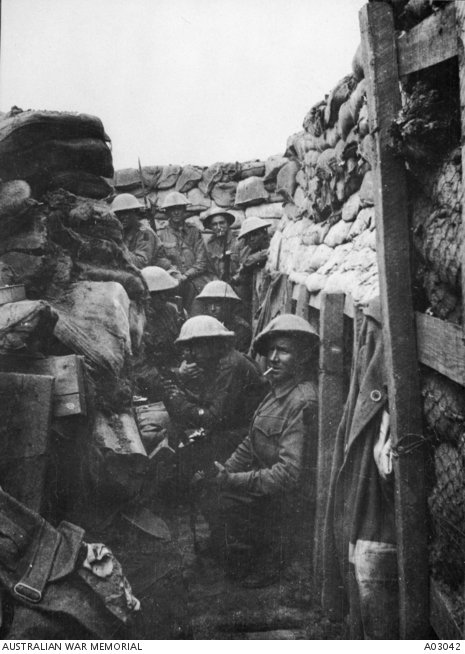
The battalion subsequently took part in the disastrous battle of Fromelles on 19 and 20 July 1916 where they suffered heavy casualties immediately the attack began. By the time they had reached their objective, Captain Arblaster was the only senior officer left alive and unwounded. He re-organised the remnant of the battalion and had it dig in along a line of captured ditches.
The right flank of the 53rd Battalion was completely exposed. Arblaster led the desperate fight to hold that flank. For more than 24 hours he and his men held out, but by then the enemy had infiltrated along an unoccupied trench line behind his position. This prevented supplies of bombs and ammunition reaching him. Out of ammunition, Arblaster heroically led a bayonet charge to clear his supply line. It failed and Arblaster was seriously wounded in the fighting and was captured by the Germans.
In the final outcome, the battalion suffered 625 casualties, or three quarters of its fighting strength.
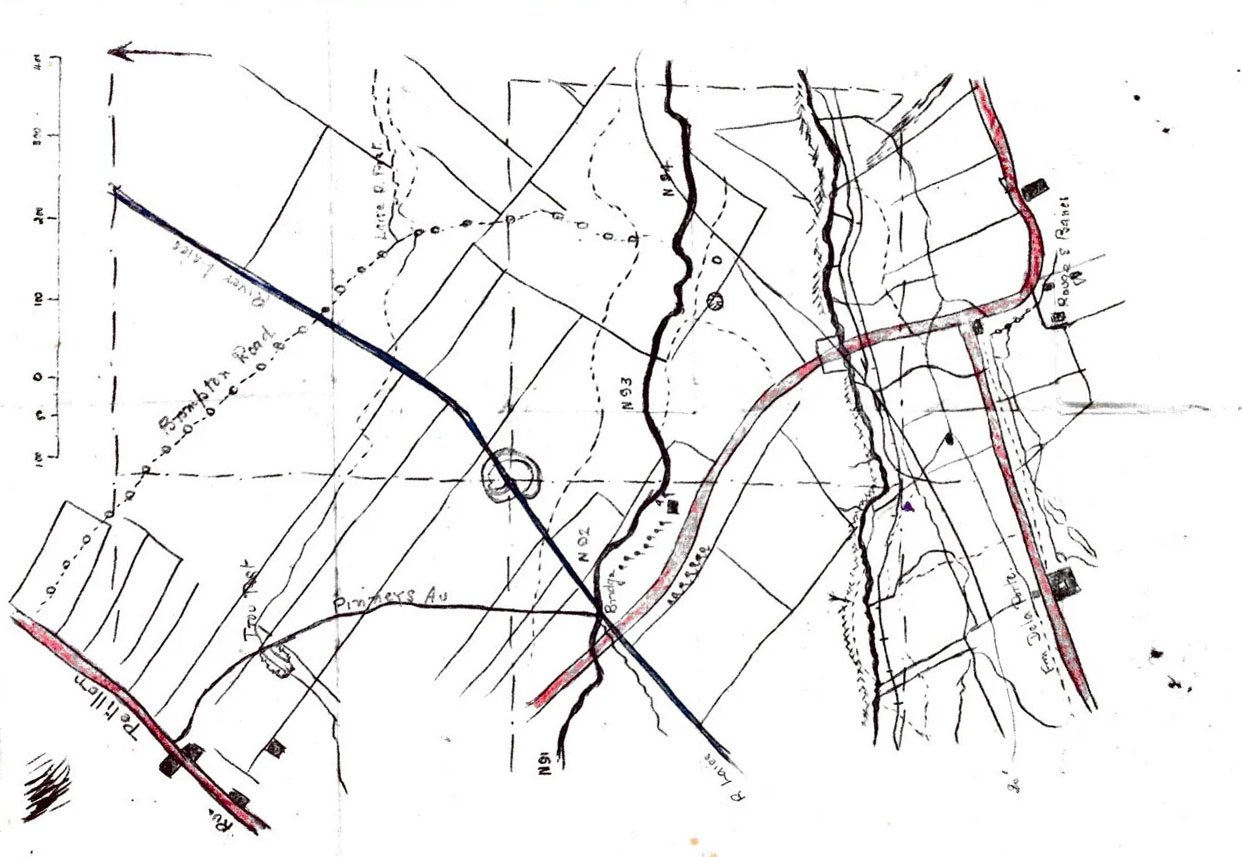
Prisoner of War and severely wounded
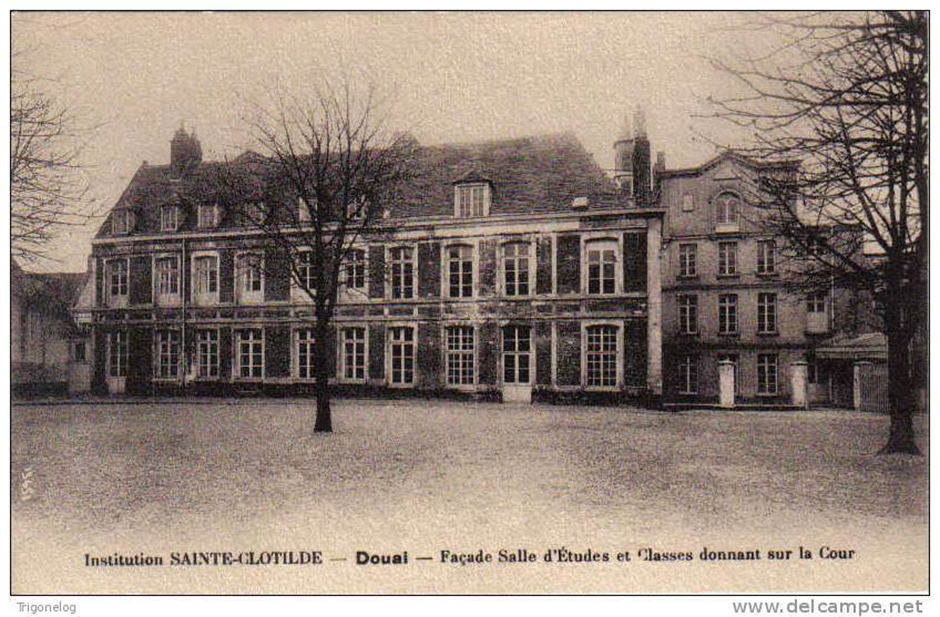
Taken prisoner by German forces, Charles was treated at St Clothilde Military Hospital for Prisoners near Douai. He had two broken arms amongst other injuries, but died four days later on 24 July 1916 of septicemia.
Major J.J. Hughes, 32nd Battalion, who was with Captain Arblaster when he died, wrote to his mother on 29 December 1919, stating:
“…the poor fellow was very badly wounded. What happened before he arrived at the Hospital I cannot say, but in Hospital he was well treated and all possible was done for him. The first day, he was conscious, though suffering great pain. His wounds were dressed then, but nothing further was done. The next day his arms (both were broken) were set, under an anaesthetic. He appeared somewhat easier that night. Next morning he was again given attention, but the Surgeon told me that his case was very serious. Towards mid day he appeared to lose consciousness, and died in the early afternoon.”
Captain Charles Arblaster was just 21 years of age and he is buried in Douai Communal Cemetery.
Tributes to ‘a brilliant and sterling officer’
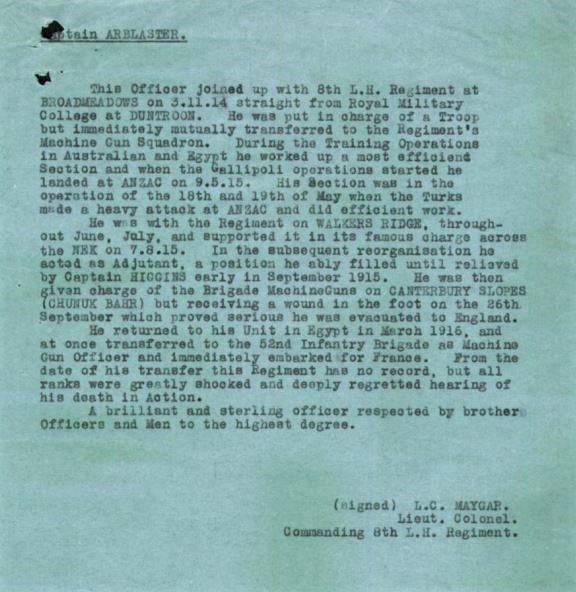
In addition to Lieut. Col. Maygar’s tribute above, Charles is mentioned in the book The Whale Oil Guards, a history of the 53rd Battalion by J.J. Kennedy, padre to the 53rd Battalion. Charles was highly regarded by his fellow officers and men, as Rev John Kennedy wrote in his colourful prose:
"Charles Arblaster though only twenty-one, was my ideal officer. He was a clean cut athlete and handsome fellow. He had graduated and obtained his commission at Duntroon military college, had served with the Light Horse on Gallipoli and obtained speedy promotion. He had been wounded some time before the evacuation and was sent to England to convalesce. When he returned to Egypt he applied for and was granted a transfer to the infantry. Had he been spared, his career as a soldier would be a brilliant one. His company was the crack company, the best disciplined and the most competent in every respect. He was a born leader of men. His influence over them was his cleanliness of life and his rectitude in all his dealings."
“Soldiers of my old battalion, men of my old brigade. Comrades of my old division, this chapter tells of a day we can never forget; it recalls an event in our history at once glorious and terrible, a battle that was a defeat and at the same time a magnificent victory.
The 19th of July 1916! The date will be written in letters of blood in the annals of our battalion, Fromelles! In years to come those who will carry on the glorious traditions of the Green and Blacks (53rd Battalion) will salute the name and be inspired by the memory of our heroes who died in that battle.
Under most violent counter-attacks we held the line during the night. Our supply of bombs ran out. Captain Arblaster sent several runners back to our old line to ask the O.C., for God’s sake to send us more bombs. No bombs were forthcoming, so he rushed back himself through the hell that No-Man’s-Land then was, made his way through a regular barrage of shell and machine-gun fire, back and then forward again to his company. Our numbers by this time had dwindled down to a mere handful, but still Captain Arblaster and Captain Murray rallied the brave remnant over and over again and held on like bulldogs. In the early morning Captain Arblaster, in a hand-to-hand fight with the enemy, was struck down by a Fritz bomb. Captain Murray took charge of the captured position and resisted all attacks. Those who were left realised now that the struggle was hopeless, but they cared not. They looked death in the face without flinching and resolved to sell their lives dearly.
Never shall I forget the scenes of carnage witnessed on that awful night.
Major Croshaw called the muster roll at 3.00pm on the 20th July. Never shall we forget that sad roll-call. All that was left of us were 150 men and five officers, including the M.O. and the Chaplain. Of these five, Captain Thompson and Lieutenant Lovatt were wounded and had to be evacuated to hospital soon after.
The officers killed in the stunt were Colonel Norris, Major Sampson, gallant Captain Charles Arblaster (at the mention of whose name even now our men salute and give earnest tribute to an un-gazetted hero and V.C), Captain Harry Pauline, Lieutenants Moffit, Noble, Nelson, Mudge, Pratt, Allan, Rickards and Collier.
In the Whale oil guards, there were many heroes. Many of them, officers and men, were those whose private lives were without blemish, who were always amenable to discipline and whose Decalogue was summarised in the ideal that they held up to themselves… “Play the game”. We had a gallant Colonel’ sans peur et sans reproche” (without fear and without reproach.) We had Captain Charles Arblaster and Captain Jackson, Captain Johnson, as brave as he was blunt and Captain Long as fearless as he was frank.”
“As I write this last page the clock strikes the midnight hour. The Feast of All Saints will be welcomed in a few hours by the blazon of church bells and the peal of swelling organs. I think of the Eternal city where God’s triumphant followers celebrate their festival. Surely many of the men I knew in Flanders walk in the glad procession.
So I believe and so I say; Oswald Croshaw, Charles Arblaster, Colonel Norris, Aubrey Johnson, Norman Lovatt and all my dead comrades of the Whale Oil Guards, Peace be to your brave souls.”
In addition, Captain Charles Arblaster is mentioned 15 times in Charles Bean’s book The Official History of Australia in the War of 1914 -18, Volume III – the Australian Imperial Force in France (see Chapters XII & XIII, the Battle of Fromelles).
He is described in this book as:
“a very young but active officer,
a cool and resourceful Commander
and, a singularly cool and brave leader.”
Charles was awarded the 1914-15 Star, the British War Medal and the Victory Medal – all issued to his next of kin after his death. In the opinion of family and others, he should also have been awarded the Victoria Cross or Military Medal for his heroic efforts at Gallipoli and also at Fromelles. Padre Kennedy makes this statement in his book quoted earlier and the Duntroon Society Newsletter (April 2017) observed that:
“an article in Reveille magazine, in January 1936 suggests that Arblaster was an ungazetted VC, however there is no record of his nomination.”
His family remembers him over the decades
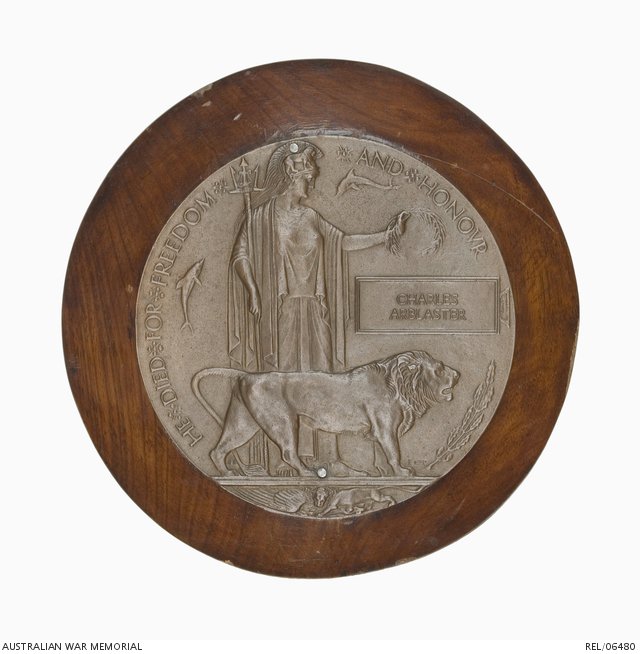
Charles' death had a profound effect on his parents and siblings, they continued to speak of him often and four generations later he is still remembered. With ten siblings - most of whom married - there are many, many family members who know and honour Charles.
Family member, Liz Rushen commented:
“I was living in England in the early 1990s with my husband and small children and we visited Douai, placing lilies on Charles' grave. My younger brother's middle name is Charles and we named our youngest Alexander Charles - and his son is named Charles. All for Great Uncle Charles.”
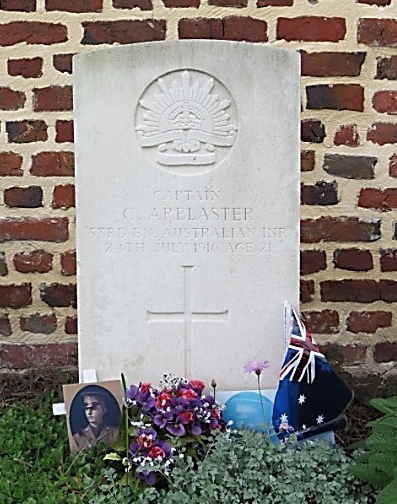
Charles’ name is commemorated on war memorials in England and Australia. He is one of 73 Australian officers whose names are listed on the Digswell House Australian Hospital memorial located in St John’s Church at Digswell, just north of Welwyn Garden City Hertfordshire.
He is also commemorated on the Australian War Memorial Roll of Honour (panel 156), on the Australian Ex-Prisoners of War Memorial in Ballarat, and at the Duntroon Military College in Canberra
The Fromelles Association would love to hear from you

Contacts
(Contact: carla@fromelles.info or geoffrey@fromelles.info).
(Contact: army.uwc@defence.gov.au or phone 1800 019 090).
Donations
If you are able, please contribute to the upkeep of this resource.
(Contact: bill@fromelles.info ).

